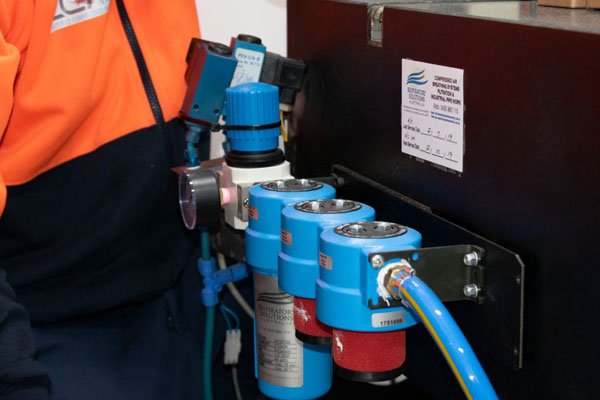In addition to regular servicing, there are a few important steps to follow in order to ensure you avoid any costly air compressor downtime.
Air Compressor Maintenance
- Read the instruction manual
It is important to familiarise yourself with the air compressor’s manual to cover-off any troubleshooting, and to ensure you’re up to speed with what you should do, and what you should leave to a professional (to ensure you don’t void your warranty). - Check the machine oil level and change if required
Not all air compressors use oil, but if they do, the oil should be regularly checked to ensure there is a sufficient amount, and changed (just like you would a car) to ensure the various components of the air compressor engine run smoothly.
- Tighten nuts and bolts
With frequent use, air compressor nuts and bolts can come loose as a result of the vibrations of the machine. It is important to tighten these, however do not over-tighten or you risk stripping the bolt. - Inspect hoses
It is important to inspect hoses for creases or wear and tear as a damaged hose can result in an inefficient compressor, and ultimately higher energy costs.
- Drain condensate from vessels
An inevitable by-product of compressed air is moisture in the form of condensate. It is important to regularly empty the moisture tank to ensure moisture doesn’t get into other parts of the machine, and also to ensure it doesn’t rot and contaminate the compressed air system. - Change the air filter
The filter inside your air compressor is designed to trap dust and impurities and requires regular replacement to ensure the quality of the end result in activities requiring pure air, such as spray painting. - Clean the intake valves
With ongoing use, the intake vales of a compressor will gather dust and other impurities, so it is important to clean them regularly.

